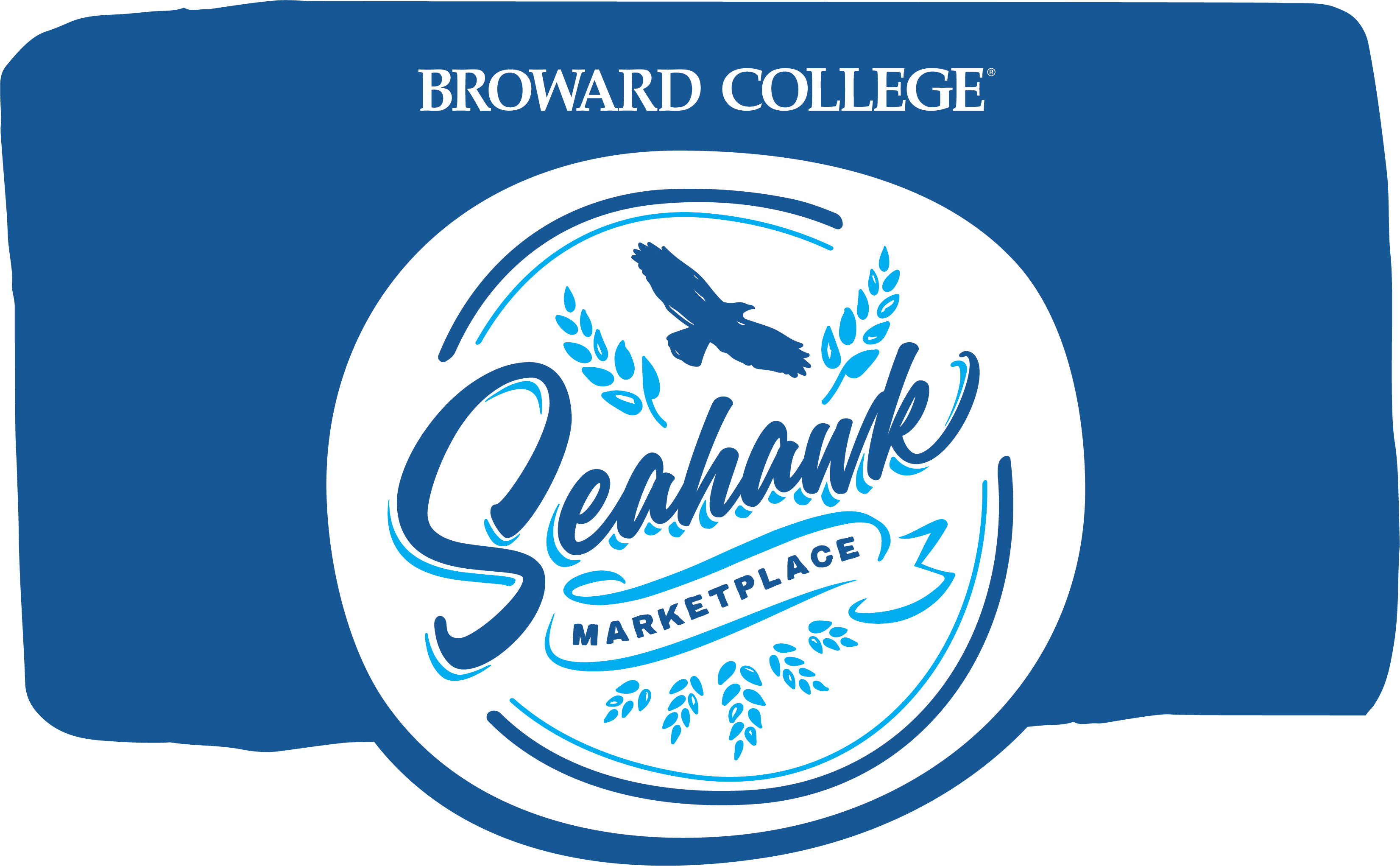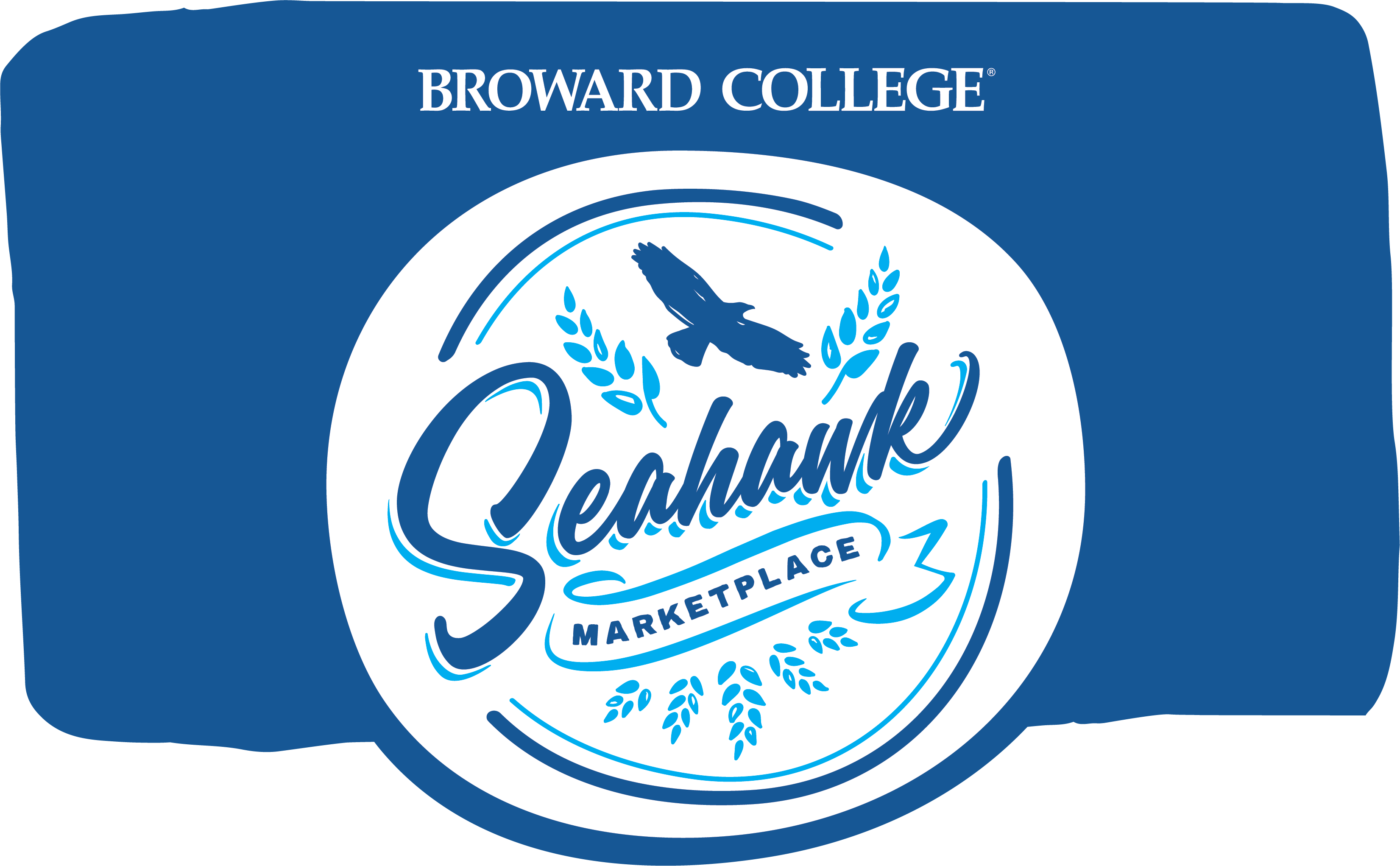Jessica Kladerman – Editor-in-Chief
In this fast-paced society, we are expected to sleep 8 hours a day. Work, or go to class for another 8 hours, and add in time to commute to and from work and/or school. We are supposed to walk 10,000 steps every day, meditate, buy fresh food, and cook it in a timely manner so it doesn’t waste. We must make time to shower and tidy up our living space, and still somehow find time to have some sort of social life, and this was all before a global pandemic.
Since spring of 2020 we have had to reevaluate our priorities as so many of us have lost our jobs, and other means of access to necessities like staying fed, let alone well fed. At this time, Broward College issued a Student Climate Survey where 28 percent of the limited number of students able to take the survey reported that they were affected by food insecurity.
According to healthypeople.gov, “Food insecurity is defined as the disruption of food intake or eating patterns because of lack of money and other resources.” On this same survey 13 percent reported homelessness and about the same amount were experiencing housing insecurity, meaning a loss of access to affordable housing relative to income, poor housing quality, or over housing.
In response to the shocking numbers from the Student Climate Survey, Broward College President Gregory Haile began working on several initiatives with Student Success. One such project has been the Food and Hygiene Distribution Program, which began in the fall of 2020 about 1 year ago. The other project taken on focuses on the same concept in a stationary location on three campuses, North, Central and South Campus, called the Seahawk Marketplace.
“We did a lot of research. We went and visited other pantries at Miami Dade College, Palm Beach (State College), and we went to FIU (Florida International University) before we finalized ours,” says Esmeralda Sweeney, Associate Vice President of Student Success.
In conceptualizing this initiative, BC has taken consideration of quality control and civil rights into account, which Marketplace staff will be trained on thanks to the partnership with Feeding South Florida. To bring this vision to life, BC has been working with several other community partners as well.
“We have had a partnership with Lifenet 4 Families, where people can go in, and not just get food, but cooked food, they have showers, counseling, all kinds of services,” said Sweeney.
“Holy Cross Hospital is part of an advisory board that is part of the initiative. They are actually the ones that connected us with Florida Blue (Foundation) because they also wanted to address hunger in the community,” Sweeney continues. Holy Cross has gifted BC with a grant as well as this invaluable connection with the Florida Blue Foundation.
The Florida Blue Foundation has financed over $377,000 to provide the support needed for the scale of the 3 marketplaces. The Florida Blue Foundation also allows a partnership with Feeding South Florida, that will last a minimum of one year, where staff will be trained on keeping temperature controlled in not only the coolers and freezers, but the entire space itself.
There will be daily and monthly audits to ensure temperatures have been recorded for quality safety purposes. Once a month there will be pest control inspections, as well as a civil rights component involving training on creating an experience of dignity and compassion when students come in to utilize the Marketplace.
Students can expect a very interactive experience when entering the Seahawk Marketplace.
“When the students walk into the Marketplace, they will be welcomed by a Marketplace staff member, who will help the student shop for items. The items are divided, like in a supermarket, by aisles and rows. The food is divided by categories, grains, canned foods, cereals, etc. There are also refrigerators to offer fruits and vegetables.
“Some weeks, Feeding South Florida will also supply meats like frozen chicken and fish, and dairy like milks and yogurts. So, the staff will show the student how to pick each item to make sure it’s a balanced meal based on needs. We’re currently working on having reusable bags to bring back once per week,” said Sweeney.
The food and hygiene distribution program will continue as it has been to provide the most access possible, however, a student cannot use both that and the Marketplace in the same week.
While the only requirement to utilize the Marketplace is being actively enrolled in classes, Marketplace staff will be keeping track of how many students are using it, as well as asking a few progressive questions about your household to make sure not only are you taken care of but that any family you may live with are also taken care of.
“Let’s say the student has a husband and two little kids, for example, that student may get more or different items, then a student who lives alone. There’s a formula that Feeding South Florida provides us with,” Sweeney explains. This formula guarantees that the resources are being issued in the best ways possible based on the overall needs of students in the area.
At this time, the Seahawk Marketplace is focused on serving students, though there are plans to address the needs of BC staff members in the future.
The ribbon cutting ceremony to open the Marketplace is Friday, Sept.17 on Central and the Marketplace will be open every Tuesday through Sunday from 7:30 a.m.- 7:30 p.m.
BC wanted to make sure there was weekend availability as students may not have time during the week to go to the Marketplace.
“That’s the plan, to provide as much access as possible to the Marketplace so that every student, including student parents can get food,” said Sweeney. This is a permanent endeavor that the college will continue to provide if there are students still in need of the Seahawk Marketplace.

